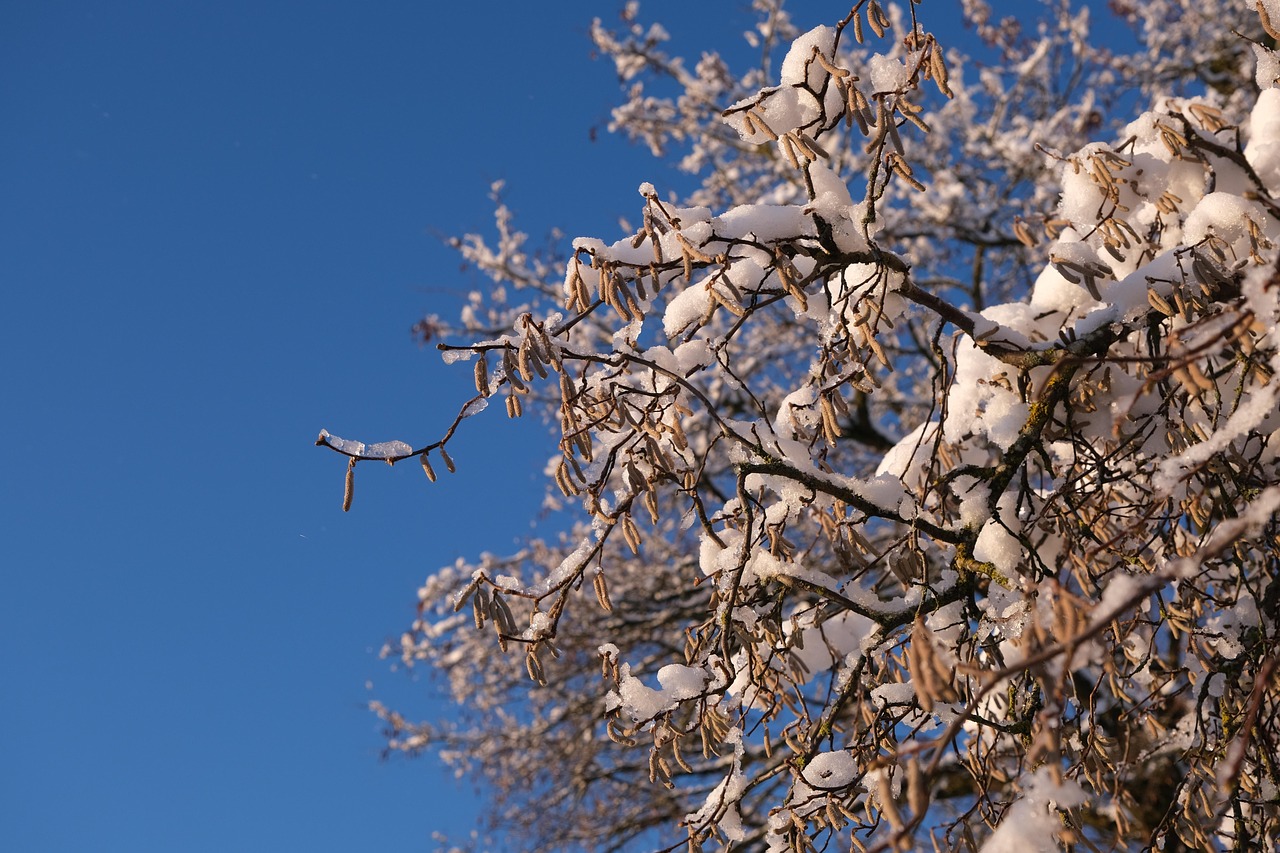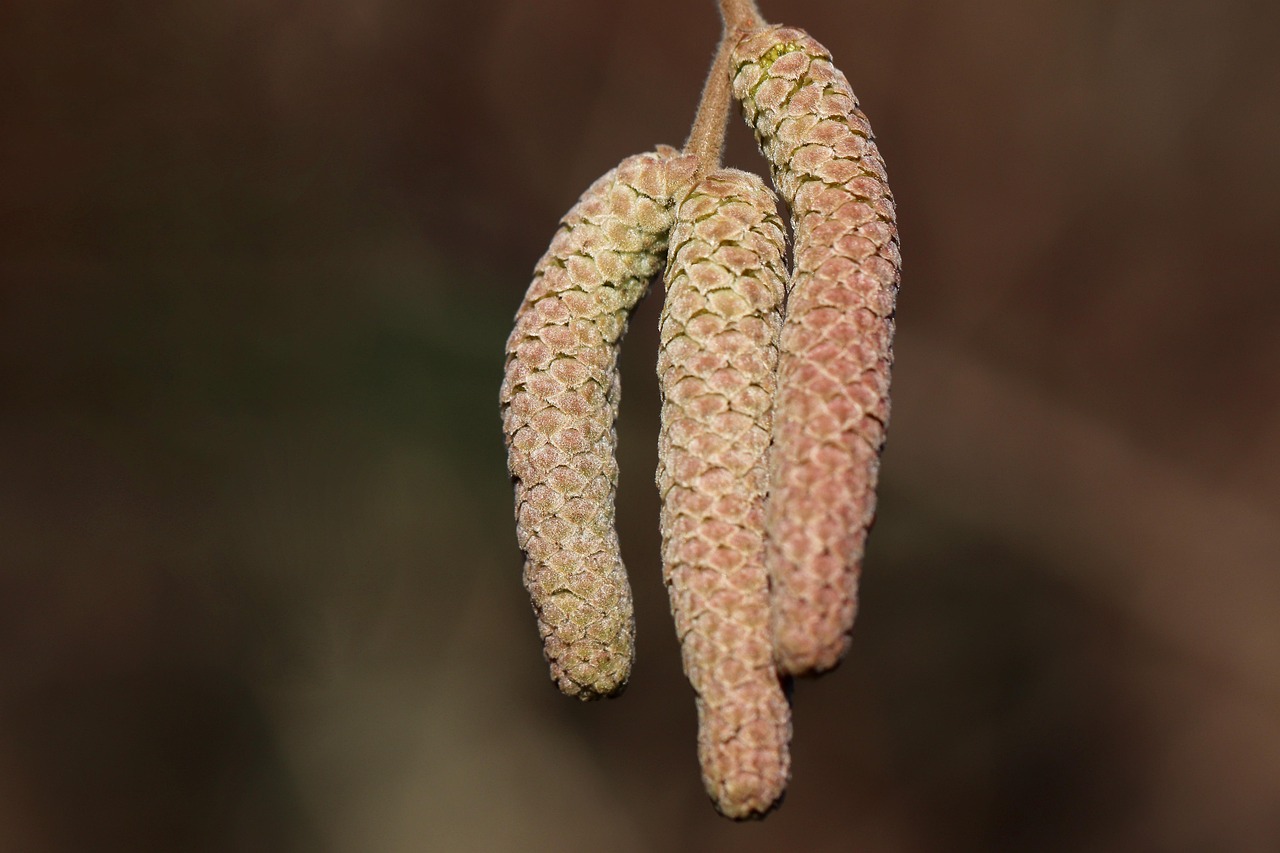Hazelnut trees typically take 3-5 years to produce nuts, with full maturity reached around 8 years. Growth depends on soil quality, climate, watering, and pest control. Proper care, patience, and understanding growth stages are essential for healthy trees and optimal nut yields over the long term.
Understanding Hazelnut Tree Growth: My Journey
Having grown my own hazelnuts, I can tell you these trees, scientifically known as Corylus avellana, are surprisingly adaptable and rewarding. They’re happiest in well-drained soils, and I always recommend choosing a spot that gets mild winters and moderate summers. I learned this the hard way—late frosts or overly wet soils can set you back. Knowing how fast they grow is reassuring; mine reach about 10 to 20 feet tall at full maturity, depending on the cultivar. I always keep in mind that their growth happens in several stages, each with its own quirks.

Common Mistakes to Avoid
When I first started growing hazelnuts, I learned that rushing certain stages can cause setbacks. For example, planting in poorly drained soil seemed fine initially, but I quickly faced root rot because I didn’t pay enough attention to drainage—lessons I won’t forget. Make sure your soil drains well before planting; otherwise, you’ll spend time and effort battling problems that could have been avoided from the start.
Another mistake I made early on was overwatering, believing more water would speed up growth. Instead, I ended up causing root rot and fungal issues. Consistent, moderate watering is key, and using drip irrigation really helped me manage this better. I also underestimated the importance of patience—expecting nuts in the first year is a common mistake; hazelnuts take several years to mature and produce nuts reliably. Patience and long-term planning are essential.
I also learned to regularly test my soil pH and nutrient levels but initially neglected this, leading to nutrient deficiencies that hampered growth. Consistent soil testing and adjusting fertilization accordingly are crucial. Lastly, ignoring pest and disease management early on can become a bigger problem down the line. Keeping a vigilant eye and intervening early with natural or organic solutions can save you from significant crop losses. Avoid neglecting these key aspects, and your hazelnut trees will thank you with healthy growth and better yields.
Growth Stages of My Hazelnut Trees (And What I Learned)
Understanding these stages helped me manage expectations and care better. Here’s how I experienced it:
- Planting Stage: I always took time to prepare the soil properly and gave ample space between saplings. Rushing this step can lead to weak starts!
- Establishment Stage: For the first one to two years, my main focus was on helping roots establish. I learned to be patient—little growth above ground, but deep roots mean a healthier tree later.
- Vegetative Growth Stage: Between years two and five, I was amazed at how much taller and wider they grew—sometimes I felt like they grew overnight. But during this period, they rarely produced nuts, which was a good reminder to stay patient!
- Production Stage: Around year three or four, I started to see nuts forming. Peak production hit between years five and eight, so I always tried to manage my expectations accordingly.
- Mature Stage: After about eight years, my trees really hit their stride, producing nuts reliably for decades. It’s a bit like raising a good wine—patience pays off!
Recognizing Which Factors Affected My Growth
From my experience, several factors greatly influence how quickly your hazelnut trees grow and how much they produce:

- Soil Quality: I always make sure my soil drains well and is rich in organic matter. Poor drainage can cause root rot; I learned this the hard way—my first attempt suffered because of overly compacted soil.
- Climate: Hazelnuts prefer moderate temperatures. I’ve found that extreme heat or cold can slow growth. Picking the right climate zone is crucial.
- Irrigation: Consistent watering during dry spells was essential. I use drip irrigation, which I highly recommend—less waste and fewer problems with overwatering.
- Fertilization: Balanced nutrients kept my trees healthy and productive. I always advise regular soil tests to tailor your fertilization plan.
- Pest & Disease Control: I learned early that protecting trees from pests like aphids or diseases like blight helps maintain steady growth. I keep a lookout and intervene before problems spiral out of control.
Nutrient Needs I Always Focused On
From my experience, a proper nutrient plan makes a huge difference. I always ensure my trees get nitrogen, phosphorus, potassium, calcium, magnesium, and sulfur in proper amounts. I usually follow these guidelines:
| Nutrient | Role | My Recommended Levels |
|---|---|---|
| Nitrogen (N) | Encourages leafy growth | 80-100 lbs/acre |
| Phosphorus (P) | Aids root development | 40-60 lbs/acre |
| Potassium (K) | Supports fruiting | 60-80 lbs/acre |
| Calcium (Ca) | Strengthens cell walls | 1000-2000 lbs/acre |
| Magnesium (Mg) | Crucial for photosynthesis | 50-100 lbs/acre |
I’ve found that staying on top of nutrient management really helps my hazelnuts produce higher yields year after year. Consistent care pays off!
My Tips for Creating Optimal Conditions
Based on my experience, I always aim to set up the best environment for my hazelnuts:

Soil Tips
- Drainage: I always avoid planting in soggy soil. Good drainage prevents root rot—an issue I faced initially because I didn’t pay enough attention to soil type.
- pH Levels: I regularly test my soil to keep pH between 6.0 and 7.5. Simple soil test kits are affordable and help prevent nutrient lockout.
- Organic Matter: I add compost regularly, which keeps the soil fertile and improves structure.
Climate Considerations
- Temperature: I prefer temperate zones with about 500-1,000 chill hours. I’ve learned that too much heat or late frosts can damage buds, so I pick varieties accordingly.
- Rainfall: About 30-40 inches annually is ideal. I ensure proper drainage to avoid waterlogged roots.
- Frost Risk: I always check frost dates—later frosts can harm flowering buds, so choosing resistant varieties is a smart move.
Dealing With Pests and Diseases — I Always Stay Alert
I cannot emphasize enough how much vigilance helped me. Hazelnut trees can fall prey to pests and diseases that slow growth or reduce yields:
Pests I Watch Out For
- Filbert Worm: I set traps and use organic insecticides to keep them in check, especially during nut set.
- Spider Mites: Dry conditions invite them, so I keep humidity levels up and use insecticidal soaps if needed.
- Aphids: Ladybugs are my friends here—introducing beneficial insects naturally keeps these pests at bay.
Diseases That Can Sneak Up
- Eastern Filbert Blight: Resistant cultivars are my go-to. I always clean up fallen debris to reduce fungal spores.
- Powdery Mildew: Good air circulation from pruning helps prevent this one.
- Root Rot: Proper drainage is key. Overwatering is a common mistake I learned to avoid.
My Approach to Irrigation
Dry spells can be a killer if you’re not careful. I rely on the following practices:

- Drip Irrigation: This method delivers water directly to the roots, which I find conserves water and keeps soil moist without waterlogging.
- Soaker Hoses: Easy to install and effective for slow, steady watering.
- Timing: I water early morning or late afternoon to minimize evaporation and provide a steady supply of moisture during hot days.
Nutrient Management — My Routine
To keep my hazelnuts thriving, I always perform soil tests and adjust fertilization accordingly. I prefer organic amendments, like compost or aged manure, which I add regularly to improve soil fertility. Combining these strategies has helped me get more nuts and healthier trees.
Harvesting—My Favorite Part
And finally, harvesting! This is when all my efforts pay off. Timing is everything—I watch for when the nuts change from green to brown and start to fall naturally. When shells feel hard, I know they’re ready.
My Harvesting Tips
- Hand Picking: I enjoy personally collecting nuts from the trees; it’s meticulous but ensures I select only the best.
- Mechanical Shaking: When I had larger orchards, I used mechanized shakers that gently shake the trees. It’s faster, but I always check for damage afterward.
- Ground Collection: I use nut collectors to gather falling nuts from the ground, saving time and reducing injuries.
Post-Harvest Care
Once harvested, I always dry my nuts in a cool, shaded area to reduce moisture content to about 8-10%. Proper drying prevents mold. Then, I store them in airtight containers in a cool place—sometimes even in the freezer—so they stay fresh for months.
Market Trends — My Observations
I’ve noticed consumer interest in hazelnuts is rising—people love their health benefits and sustainability. The demand for healthy, plant-based snacks and ingredients keeps growing. I always keep an eye on what the big markets are doing, especially in Turkey, Italy, and the U.S., which are major producers. Knowing this helps me plan better for future growth.
Thinking About the Future
From my experience, adapting to challenges like climate change is vital. I always experiment with drought-resistant varieties and water-saving techniques. Technology is also making a difference—drones and data analytics help me monitor my trees more effectively. Sustainability matters too; organic practices and integrated pest management not only protect my orchard but also appeal to eco-conscious customers.
Final Warnings & Tips from My Adventures
Growing hazelnuts has been incredibly rewarding, but I’ve learned a few hard lessons along the way. Never underestimate the importance of good soil drainage, regular pest management, and patience. Rushing the stages or ignoring pests can set you back months or even years. Keep detailed notes, test your soil often, and always think long-term—those trees will give you nuts for decades if you care for them properly.
In conclusion, understanding the growth rate and managing the right conditions has helped me turn a small sapling into a fruitful orchard. If you’re considering starting your own hazelnut adventure, take your time, learn from your mistakes, and enjoy the process. The rewards—delicious nuts and the satisfaction of growing your own food—are absolutely worth it.
